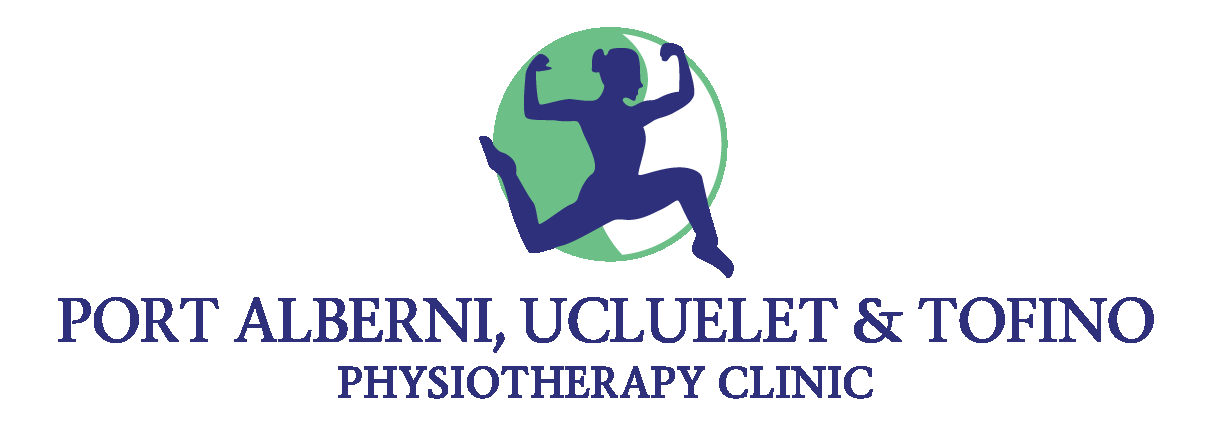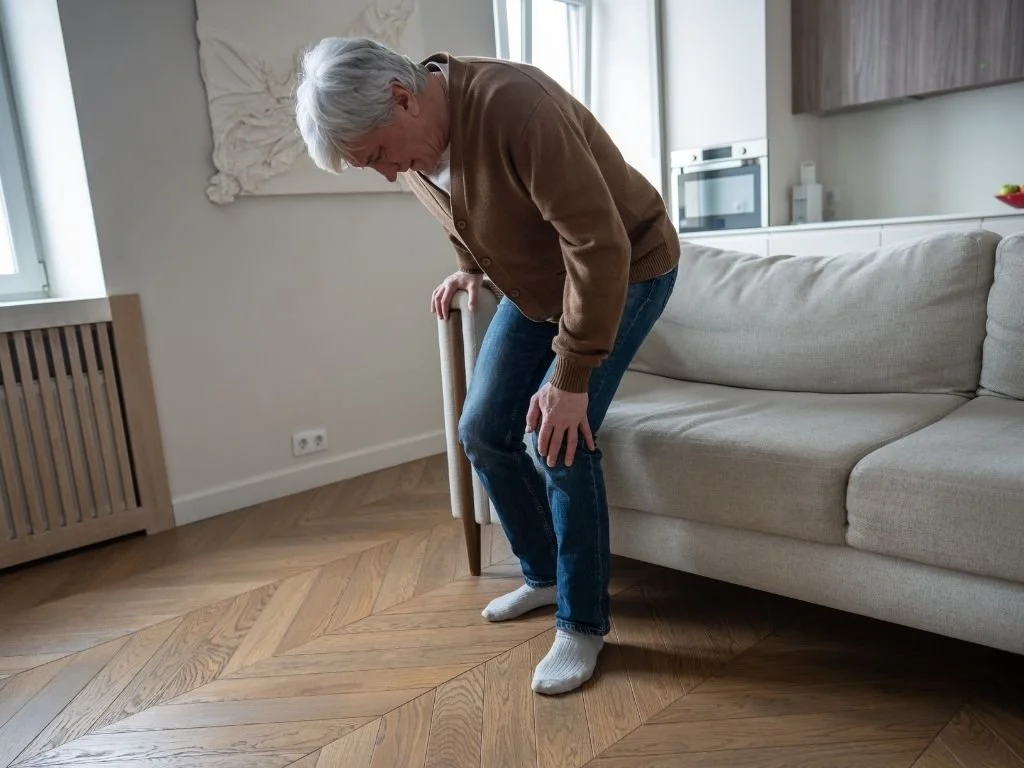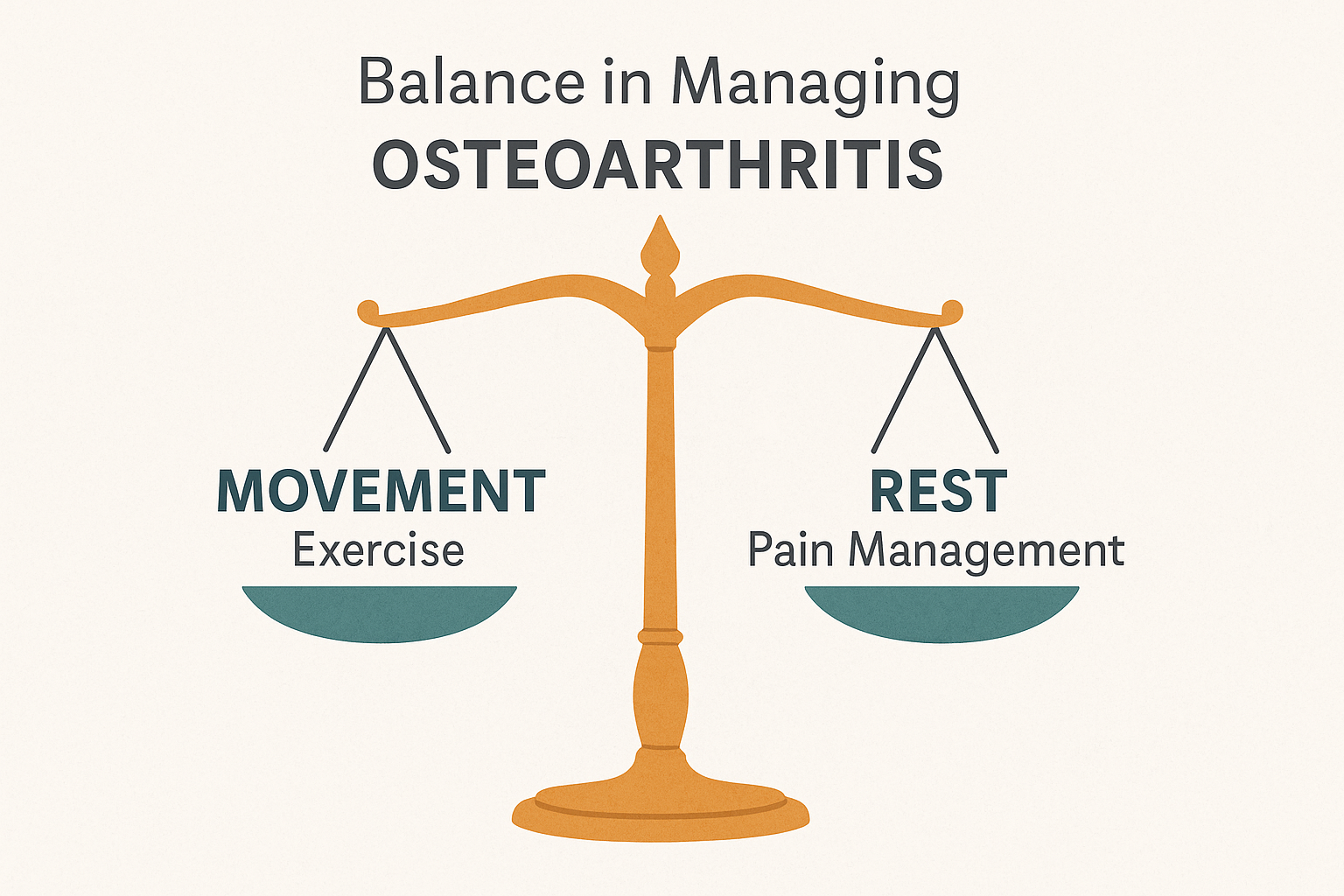Imagine a vintage scale. On one side, you have movement — exercise, activity, and the daily tasks that keep your body mobile. On the other side, there’s rest — recovery, joint protection, and pain management strategies that allow your body to heal and recharge.
For people living with osteoarthritis (OA), maintaining this delicate balance is key. Lean too far toward rest, and joints can stiffen, muscles weaken, and pain may actually increase. Push too hard toward activity, and inflammation and soreness can flare. Finding that “just right” middle ground is one of the most important — and ongoing — parts of living well with OA.
Osteoarthritis: A Condition to Be Managed, Not Cured
Osteoarthritis is the most common form of arthritis, affecting millions of Canadians. It’s a degenerative joint condition where the cartilage — the smooth tissue that cushions the ends of bones — gradually breaks down. As a result, joints can become painful, swollen, and stiff.
While there’s currently no cure for OA, that doesn’t mean there’s no hope. More up-to-date research shows that osteoarthritis is highly manageable with the right approach — and that keeping joints strong, flexible, and active can often delay or even reduce the need for surgery.
With long wait times for joint replacements and the reality that surgery may not be appropriate or ideal for everyone (depending on age, health status, and activity goals), learning to live well with OA becomes important.
Movement: Medicine for the Joints
Exercise may sound counterintuitive when joints hurt, but movement is one of the most effective treatments for osteoarthritis. The right type of exercise helps nourish cartilage, strengthen muscles that support the joints, and improve circulation.
Gentle, consistent movement — like walking, cycling, swimming, or strength training — helps reduce stiffness and pain over time. Even short bouts of movement throughout the day can make a difference.
The key is to choose exercises that feel tolerable, not painful, and to progress gradually. Working with a Physiotherapist, Kinesiologist, or Athletic Therapist can help you find the right balance between strengthening and joint protection.
Rest and Recovery: The Other Side of the Scale
Just as movement is medicine, rest is essential. Rest doesn’t mean inactivity — it means allowing your body to recover and using supportive strategies that reduce pain and inflammation.
This might look like:
Using ice or heat to calm sore joints or loosen stiff ones.
Taking medications as prescribed to manage inflammation and pain.
Sleeping with supportive pillows or cushions to take pressure off the hips, knees, or shoulders.
Wearing braces or compression sleeves to provide stability and reduce swelling.
Using walking aids to improve confidence and reduce joint strain.
Trying massage, acupuncture, or joint injections to reduce discomfort and improve mobility.
These strategies don’t replace movement — they support it. When used thoughtfully, they help restore balance to that internal scale, allowing you to stay active without overdoing it.
Learning Your Balance Point
The “perfect” balance looks different for everyone. Some days, your scale might tip more toward rest — especially if you’ve had a busy week or an increase in pain. Other days, you might feel strong and ready to move.
The goal isn’t perfection; it’s awareness. Over time, you’ll learn how to listen to your body, recognize early signs of fatigue or flare-ups, and adjust accordingly.
Think of it as living in partnership with your joints. When you respect their limits and nurture their strengths, you can keep doing the things you love for as long as possible.
Living Well with Osteoarthritis
Osteoarthritis may be a lifelong condition, but it doesn’t have to define your life. By finding that equilibrium between movement and rest — between strengthening and self-care — you can manage symptoms, protect your joints, and maintain independence and quality of life.
So next time you imagine that vintage scale, remember: every choice you make — whether it’s a walk around the block, an exercise session, or a quiet evening with a heating pad — helps keep that balance in check. And it’s within that balance that long-term joint health truly lives.



